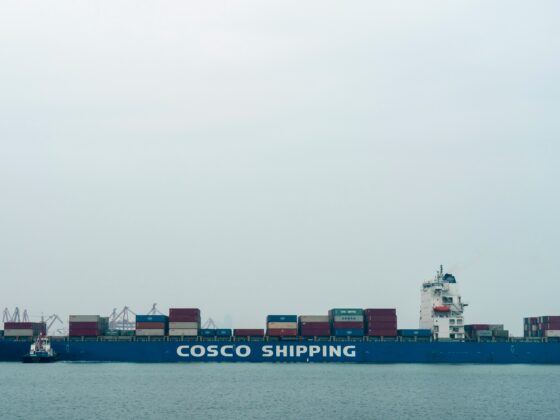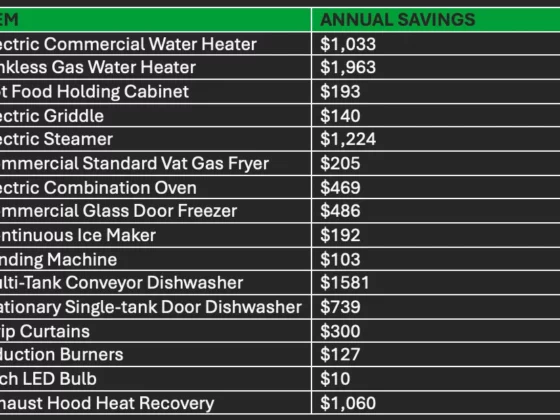
Restaurant365 released findings from its midyear industry survey. Restaurant leaders representing nearly 3,700 QSR, fast casual, casual dining, and fine dining locations shared 2024’s top challenges and opportunities alongside plans for investment in back-of-house technology, increased sales, and team training, benefits, and support.
Participants reported continued food and labor cost increases with slight shifts compared to the end of 2023. So far this year, 80% said labor costs increased, with 64% noting it at 1% to 5%. Those totals are down from the end of 2023. Meanwhile, 80% of operators said food costs are up, with 51% saying 1% to 5% and 40% putting the increase at 6% to 14%.
Looking at potential top challenges for the rest of the year, 38% identified sales as the top concern. 24% said recruiting and retaining staff, 18% said labor costs, and 16% said food costs.
While sales were a concern, 49% of restaurant leaders reported increased sales in 2024, and 34% reported a drop.
With restaurant leaders experiencing challenges, many are adjusting priorities to preserve profitability and grow revenue.
“After more than a decade of building technology to help restaurants thrive, we’ve seen many cycles of the industry and know how resilient restaurant leaders are adjusting to changes in market dynamics,” said Restaurant365 CEO and Co-founder Tony Smith. “We’re committed to investing in our product to provide the helpful tools they need to become the profitable and successful restaurant of tomorrow.”
As the landscape changes, 39% of leaders said they’re prioritizing investments in sales, marketing, and related technologies for the rest of 2024.
Another 37% are focused on staff enhancements, including additional training, recruitment, salaries, and other benefits.
With a heightened focus on team training, operators are also looking to revamp how they skill up teams. More than 55% of respondents said employees spend one to two hours a week training. The largest percentage, 40%, rely on shoulder-to-shoulder training. Only 18% of survey respondents said they used any form of digital or mobile training.
At the same time, restaurant leaders continue to explore ways to generate additional revenue while cutting Prime Cost. 37% said they’re expanding catering operations. Another 25% said they were investing in special events and one-off promotions, and 24% said they were prioritizing takeout and delivery operations.
Finally, restaurant leaders are doubling down on sustainability as an investment in their business and the future. More than 68% reported implementing sustainability practices. More than 39% said they focused on food waste tracking, 21% are investing in improved forecasting to optimize ordering, and 16% are enhancing training to prevent employee-level waste.






